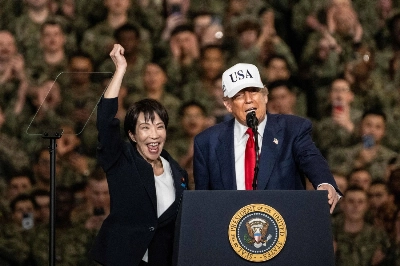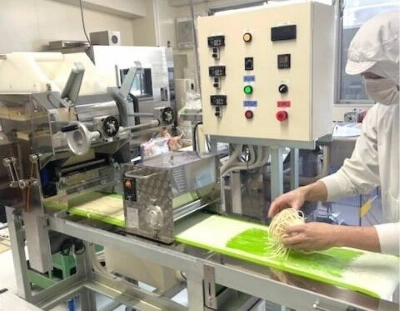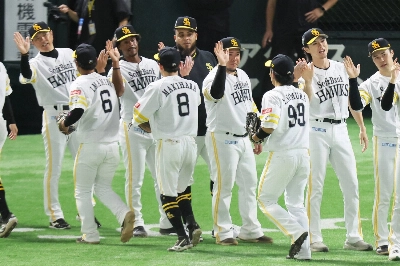The major challenge for post-Cold War disarmament negotiations on conventional weapons is to devise ways of controlling machine guns, automatic rifles and other small arms. Those are main weapons used in civil wars in Asia, Africa and Central America. To tackle the challenge, the U.N. Group of Governmental Experts on Small Arms is meeting this week in Geneva.
Since 1995, Japan has taken the initiative on small arms. The United Nations has adopted three Japanese-proposed resolutions concerning the weapons. In accordance with the resolutions, a Japanese official has chaired a panel of governmental experts on small arms, and played a leading role in making recommendations on controlling such weapons to the U.N. General Assembly.
After the end of the Cold War, East and West bloc nations sold surplus small arms to foreign countries. Those weapons, to which no international restrictions apply, have been used in ethnic and regional conflicts, international terrorist activities and drug trafficking. Small arms have caused a large number of casualties and given rise to serious refugee problems. Between 1945 and 1990, more than 70 million automatic rifles, such as Soviet-made AK-47 "Kalashnikovs" and U.S.-made M-16s, were reportedly produced. By 1996, an estimated 35 million people had been killed or wounded in civil wars in 23 countries.

















With your current subscription plan you can comment on stories. However, before writing your first comment, please create a display name in the Profile section of your subscriber account page.